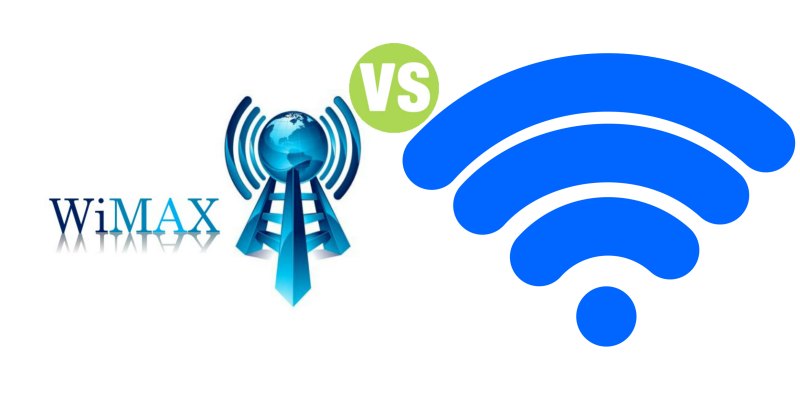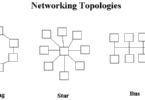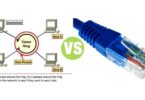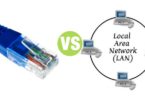WiMAX vs WiFi
Summary: Difference Between WiMAX and WiFi is that WiMAX (Worldwide Interoperability for Microwave Access), also known as 802.16, is a newer network standard developed by IEEE that specifies how wireless devices communicate over the air in a wide area. Using the WiMAX standard, computers or devices with the appropriate WiMAX wireless capability communicate via radio waves with other computers or devices via a WiMAX tower. While Wi-Fi uses techniques similar to the Ethernet standard to specify how physically to configure a wireless network. Most of today’s computers and many mobile devices, such as smart phones and handheld game consoles, are Wi-Fi enabled.

WiMAX
WiMAX (Worldwide Interoperability for Microwave Access), also known as 802.16, is a newer network standard developed by IEEE that specifies how wireless devices communicate over the air in a wide area. Using the WiMAX standard, computers or devices with the appropriate WiMAX wireless capability communicate via radio waves with other computers or devices via a WiMAX tower. The WiMAX tower, which can cover up to a 30-mile radius, connects to the Internet or to another WiMAX tower.
Two types of WiMAX specifications are fixed wireless and mobile wireless. With fixed wireless WiMAX, a customer accesses the Internet from a desktop computer at home or other permanent location. Mobile wireless WiMAX, by contrast, enables users to access the WiMAX network with mobile computers and mobile devices such as smart phones.
The WiMAX standard provides wireless broadband Internet access at a reasonable cost over long distances to business and home users. WiMAX, similar to Wi-Fi, connects mobile users to the Internet via hot spots. Some game consoles also support the WiMAX standard.
WiFi
Computers and devices that have the appropriate wireless capability can communicate via radio waves with other computers or devices using Wi-Fi (wireless fidelity), which identifies any network based on the 802.11 standards. Developed by IEEE, 802.11 is a series of network standards that specifies how two wireless devices communicate over the air with each other. Wi-Fi uses techniques similar to the Ethernet standard to specify how physically to configure a wireless network. Most of today’s computers and many mobile devices, such as smart phones and handheld game consoles, are Wi-Fi enabled.
One popular use of the Wi-Fi standard is in hotspots that offer mobile user’s the ability to connect to the Internet with their Wi-Fi enabled wireless computers and devices. Many homes and small businesses also use Wi-Fi to network computers and devices together wirelessly.
Also Read:
Difference Between WiFi and Hotspot
Difference Between WiFi and Internet
Difference Between WiFi and Bluetooth
Difference Between UWB and Bluetooth






Leave a Comment
You must be logged in to post a comment.